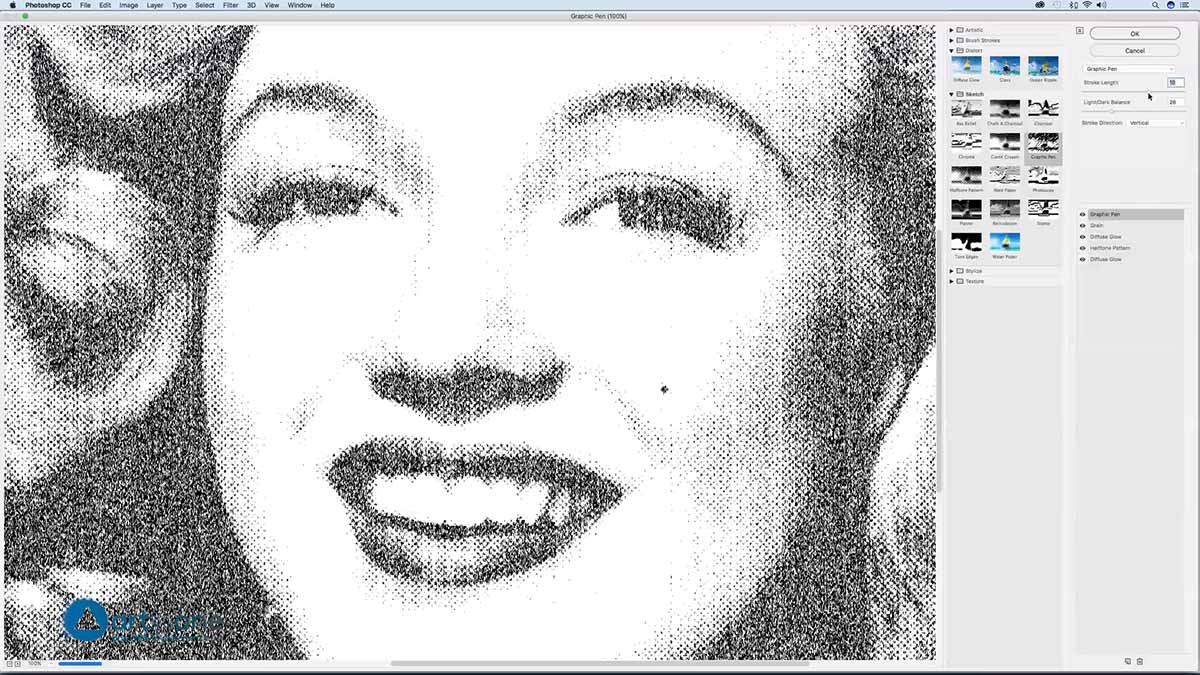How To Make An Andy Warhol Picture Without Photoshop

Imagine the vibrant pop of a screen-printed Marilyn Monroe, the iconic clash of colors that screams Andy Warhol. The art world was revolutionized by his bold, repetitive imagery, and now you can capture some of that magic – no Photoshop required!
This article unveils a tangible, hands-on approach to creating your very own Warhol-inspired masterpiece, using simple materials and techniques that echo the artist's original methods. We'll ditch the digital and dive into the world of screen printing, a technique that empowers you to bring your creative visions to life.
Understanding Warhol's Method
Andy Warhol's artistic process was deeply rooted in screen printing, a technique that allows for mass production and bold, graphic imagery. He embraced the concept of reproducibility, challenging the traditional notions of originality in art.
His signature style involved layering colors, often misaligned, to create a sense of depth and visual dynamism. This deliberate imperfection is key to capturing the essence of a Warhol.
Gathering Your Supplies
To embark on your Warhol-esque journey, you'll need a few essential supplies. These include a screen printing frame with mesh, screen printing ink in various vibrant colors, a squeegee, transparency film, a light source (like a strong lamp or the sun), a blank canvas or paper, and tape.
You'll also need a design – a photograph, a drawing, or any image that inspires you. Consider something iconic, like a celebrity portrait or a simple object, to channel Warhol's spirit.
Creating Your Stencil
The first step is transferring your design onto a transparency film. You can print directly onto the film using a laser printer, or draw your design onto the film with a permanent marker.
Next, prepare your screen printing frame by coating it with a photo emulsion. This light-sensitive liquid will harden when exposed to light, creating your stencil.
Exposing the Screen
Place your transparency film onto the emulsion-coated screen, ensuring the design is facing the emulsion. Expose the screen to your light source for the time recommended by the emulsion manufacturer.
This process hardens the emulsion around your design, creating a stencil. Rinse the screen with water to wash away the unexposed emulsion, revealing your design.
Printing Your Masterpiece
Secure your screen printing frame onto your canvas or paper, ensuring it's stable. Apply a generous amount of screen printing ink to the top of the screen.
Using your squeegee, pull the ink across the screen with even pressure. This forces the ink through the stencil onto your canvas, creating your first layer.
Layering Colors and Embracing Imperfection
The magic of Warhol's style lies in layering colors. Allow each layer to dry slightly before applying the next color.
Don't be afraid of misalignments or imperfections! These little quirks add to the authenticity and character of your Warhol-inspired creation.
The Legacy of Warhol
Andy Warhol's impact on the art world is undeniable. He democratized art, bringing it to the masses and challenging traditional notions of artistic value.
His work continues to inspire and influence artists today, proving the enduring power of pop art and the beauty of embracing repetition and bold aesthetics. According to The Andy Warhol Museum, Warhol believed art should be for everyone, a sentiment echoed in the accessibility of screen printing.
By trying this method, you connect with this legacy, transforming everyday images into vibrant, engaging works of art. Embrace the bold colors, the slight imperfections, and the spirit of Warhol to create your own iconic image.


















